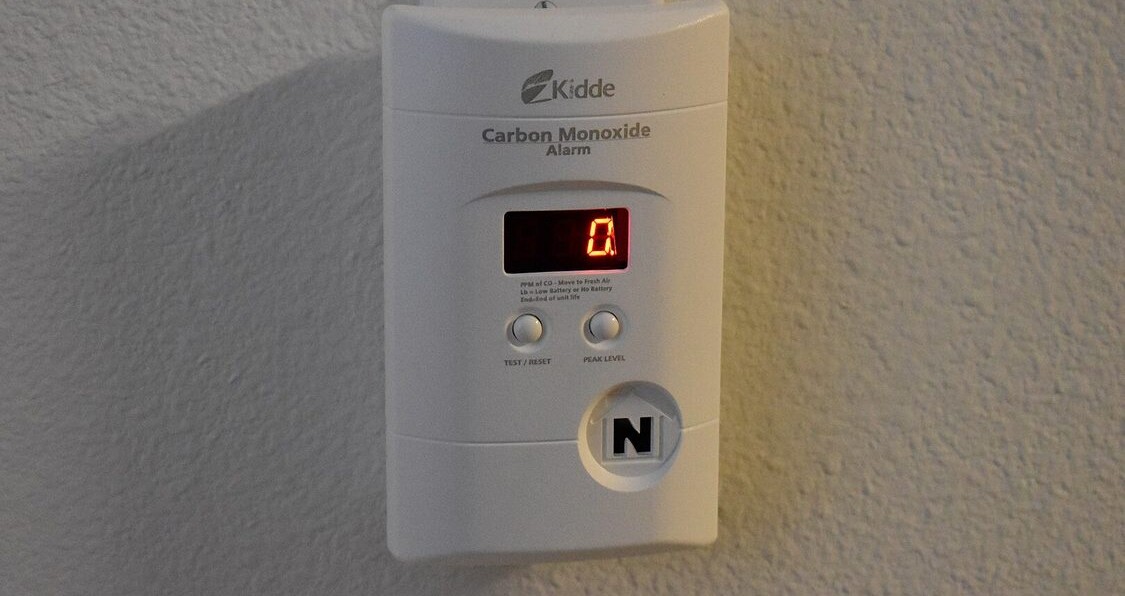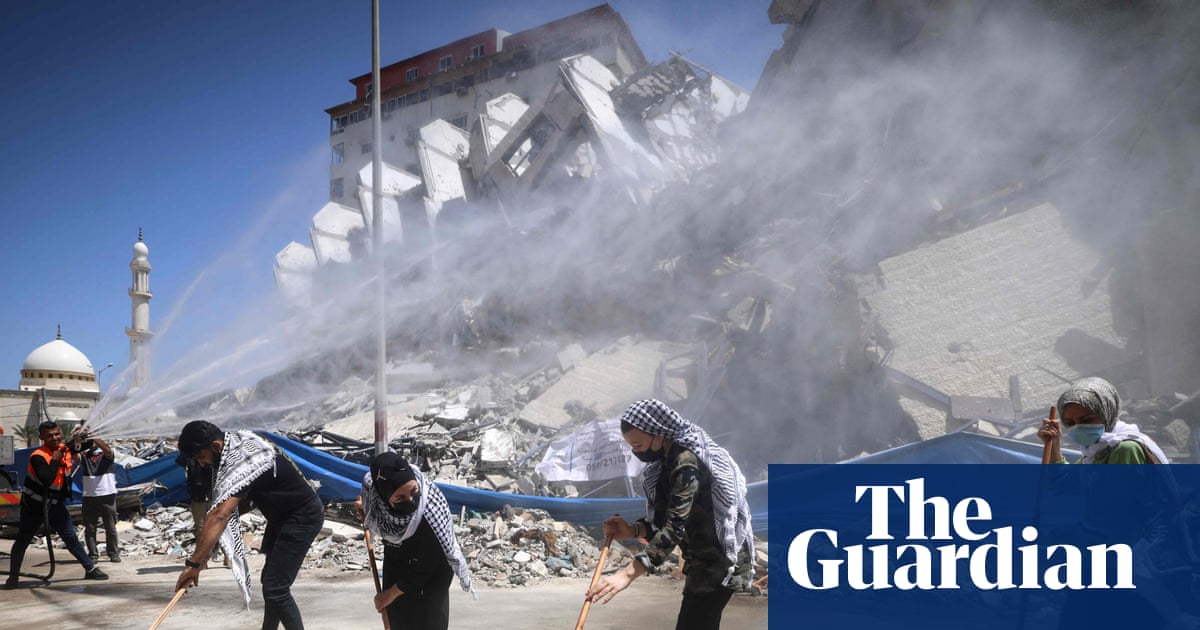The release of Israeli hostages held by Hamas and Palestinian prisoners and detainees held by Israel, and the extraordinary images of catharsis and relief that followed, were the best possible argument for the virtues of Donald Trump’s plan for Gaza. Jared Kushner, Trump’s son-in-law, who helped broker the deal, boasted that “deal guys” like him had succeeded because they were prepared to leave the details for later; the Qatari prime minister, Sheikh Mohammed bin Abdulrahman Al Thani, similarly said on Friday that “if we went for full-package negotiations, we wouldn’t have reached these results”.
But now the difficulties of that approach will start to come into focus – and the plan repeats a pattern seen in past attempts to engineer a lasting peace.
This was exactly the failure of the Oslo accords. The idea was “let’s throw this against the wall and see if anything sticks” – whole important strands were parked and put further down the road. And the Israeli far right started to carve up what was supposed to be the Palestinian state with settlements and roads.
Here are some of the questions that will have to be answered if the Trump plan is to prove any different.
Will Israel withdraw its troops?
So far, Israel has pulled back from Gaza’s major cities, to a “yellow line” that means it occupies about 53% of the territory. In theory, withdrawals will follow in two further stages: first, when an international stabilisation force is mobilised; second, to a lasting “security buffer zone”.
But Benjamin Netanyahu’s language in recent days had a different emphasis. “The IDF [Israel Defense Forces] remains deep inside Gaza territory and controls all of its dominating points,” he said in a statement last week. “We are encircling Hamas from all directions.”
Without real carrots and sticks for Netanyahu, the recent precedents for further withdrawal are not promising.
Israel has occupied new territory in Syria indefinitely. It was still hitting southern Lebanon a couple of days ago despite the ceasefire there. If we test the prospect of withdrawal here against how the country has abided by other agreements, what we see is that it is unlikely to happen.
Will Hamas disarm?
Disarmament is a central tenet of the Trump plan – but on Saturday a senior Hamas official told Agence France-Presse that disarmament was “out of the question”, adding: “The demand that we hand over our weapons is not up for negotiation.” Even as the hostages were released on Monday, there were images of armed fighters in parts of Gaza, an apparent attempt by Hamas to reassert its authority.
None of that is surprising. Hamas has stayed in power for so long because it has a virtual monopoly on the use of violence. And the history of its rule suggests that when the group has arms, it will seek to develop its military infrastructure.
Even if Hamas agreed in theory, no detail has been provided on how disarmament could happen in practice. One model, cantonment, would move fighters to designated disarmament sites where they would surrender their weapons. But there are obvious questions about that approach too. Hamas’s leaders and fighters know how they are regarded by the likely players – would they agree to their weapons being placed under Egyptian control? Would they trust an international force? They are self-aware enough to know that once they give their weapons up, they are unlikely to ever see them again.
How will the ‘international stabilisation force’ operate?
The text of the White House plan says the US will “work with Arab and international partners to develop a temporary international stabilisation force (ISF) to immediately deploy in Gaza”. It says such a force would be “the long-term internal security solution”. In theory, it should give Israel the assurance that it can remove its forces without allowing Hamas to rebuild.
While Arab and Muslim states appear to be likely to form the majority of any such force, many crucial details are yet to be worked out: whether it would have a mandate from the UN, what price contributing nations would ask, and exactly what it would be mandated to do. “No one expects that the force would fight Hamas,” a western diplomat told the Financial Times. They argued that the mere presence of the force would make it harder for either side to resume the conflict even if it did “absolutely nothing”.
There are reasons for scepticism about whether the ISF could reliably prevent either side from acting, as illustrated by a recent grenade attack by an Israeli drone near UN peacekeepers in Lebanon. There may be wider lessons from that deployment. You might have a model similarly mandated to patrol and report on ceasefire violations. But in southern Lebanon, they have been pretty toothless. You would see UN forces on their bases, and then drive to a nearby village controlled by Hezbollah and be asked for your paperwork by someone on a motorbike.
Will reconstruction work get under way?
The White House plan promises to “rebuild and energise” Gaza, drawing on “many thoughtful investment proposals and exciting development ideas”.
With vital detail again absent, a rapid “Marshall plan” for Gaza looks unlikely.
Given any kind of peace, Palestinians will quickly be clearing roads and trying to rebuild. But the scale of the damage is immense. And Israel may constantly ask what guarantees it has that nothing will be diverted to military use, and put onerous conditions on the process.
After the 2014 war, reconstruction moved at a glacial pace. There were warehouses where people with the right piece of paper could buy building materials. But even with that kind of monitored process, there was a black market for material – right outside the warehouse, there were places people could go to buy recycled concrete or rebar that had been sold on. So we could see an unworkable system of monitoring, and ordinary people not able to get the stuff they need.
Will there be a transition to Palestinian-led governance?
The White House plan was devised with no meaningful input from Palestinian civil society on the ground in Gaza. The transitional government will involve the former British prime minister Tony Blair but as yet no credible Palestinian figure. Netanyahu appears unwilling to accept the eventual role for the Palestinian Authority floated by the US; in any case, that body and its leader, Mahmoud Abbas, are deeply unpopular in Gaza. There is no Palestinian ownership of this process. It is not a grand peace deal with a vision of a state at the end of it.
There have been suggestions that at least some architects of the plan, such as the British national security adviser, Jonathan Powell, accept that former Hamas members will have a role in Gaza’s future. But Israel appears intent on throttling that prospect – raising fears of something like the disaster of “deBaathification” after the invasion of Iraq. This would fail to recognise that in many cases, doctors, engineers, police officers, nurses and people working in universities would have been Hamas-aligned. In Iraq, a widespread policy of exclusion led very quickly to anarchy and sectarian violence.
Gaza is different in many particulars. But what is missing from all of this is a meaningful reconciliation process that allows all Palestinians to have a chance at civil participation. That is hard to see as a deal that benefits Palestinian society.
First Appeared on
Source link













